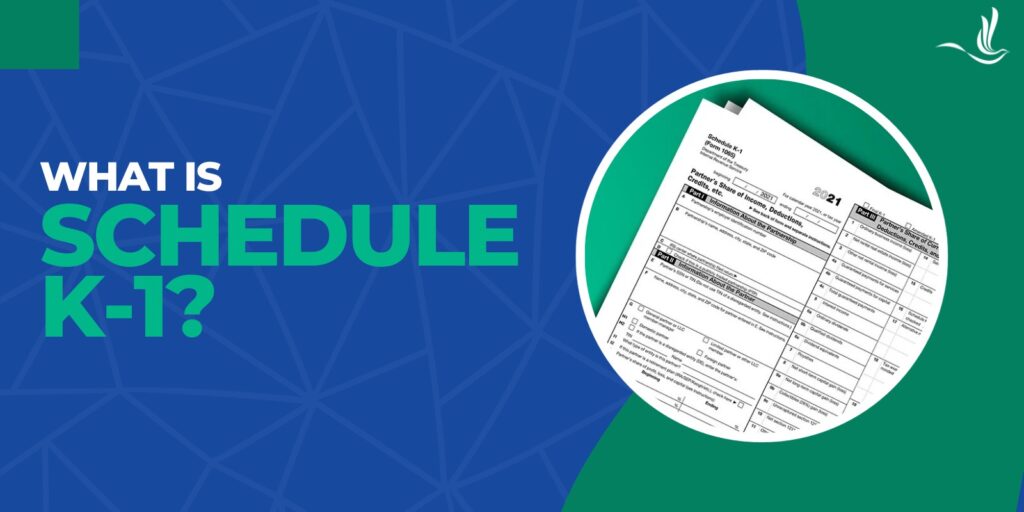What is Schedule K-1?

When it comes to taxation and financial reporting, there are numerous forms and schedules that can often seem like a maze of complex regulations and requirements. One such document that many individuals and business owners encounter is Schedule K-1. This article aims to demystify Schedule K-1, explaining its purpose, who needs it, and the essential information it contains.
What is Schedule K-1?
Schedule K-1 is a tax form used to report income, losses, deductions, and credits for entities. These include partnerships, S corporations, trusts, and estates. The form organizes the financial information from these entities to their owners or beneficiaries. These recipients then use this information to report their share of the income and deductions on their personal tax returns.
Purpose of Schedule K-1
The purpose of Schedule K-1 is to report the financial activities of pass-through entities to their owners or beneficiaries. These pass-through entities do not pay income tax at the entity level. Instead, their income and expenses “pass through” to the owners or beneficiaries. These owners then report this information on their individual or entity tax returns. It is used to determine how much income or loss each owner or beneficiary should report on their tax return.
Who Needs Schedule K-1?
Several types of entities are required to issue Schedule K-1 forms to their owners or beneficiaries.
Partnerships
In a general partnership, all partners receive a Schedule K-1 to report their share of the partnership’s income and deductions. Each partner will typically be responsible for paying taxes on their individual share of the business’s income. For example, if a business with two equal partners had taxable income of $80,000, each partner will receive the form with $40,000 in income reported on it. They will need to report this amount on their personal income tax return. The partnership itself will file Form 1065, U.S. Return of Partnership Income.
S Corporations
Shareholders in S corporations receive a Schedule K-1 to report their portion of the corporation’s income and deductions. S Corps work similarly to partnerships in the sense that the company will provide each shareholder with a K-1 Form with their share of income, losses, deductions, and credits. They will then be responsible for reporting this information on their own personal tax returns. The S-Corp will file their taxes using Form 1120-S, U.S. Income Tax Return for an S Corporation.
LLCs
LLCs with at least two partners, or those who elect to be taxed as a corporation, will issue a Schedule K-1 to its shareholders to report their portion of the company’s income and deductions. Not all LLCs will need to file a K-1 Form depending on how you elect to be taxed. For example, C-Corporations pay taxes at the corporate level and therefore do not file Schedule K-1.
Trusts & Estates
When a trust generates income that is distributed to beneficiaries, the trust issues a Schedule K-1 to report this income allocation. Similarly, estates that generate income for heirs or beneficiaries provide Schedule K-1 forms to report income and deductions allocated to them. Generally, if the trust or estate passes income through to its beneficiaries, it might need to issue a Schedule K-1 to report each beneficiary’s income. The trust or estate will use Form 1041 to file their income tax returns.
Filing Schedule K-1
Once entities complete Schedule K-1, they must distribute it to the relevant owners or beneficiaries by a set deadline. According to the IRS, this deadline is the 15th day of the third month after the entity’s tax year concludes. For most, this will be on March 15th. Filing a Schedule K-1 accurately and timely is essential to avoid penalties and ensure tax compliance.
Tax Help for Those Who Receive Schedule K-1
Schedule K-1 serves a crucial role in the world of taxation and financial reporting. It allows pass-through entities to distribute their financial activities to owners or beneficiaries, who then use this information to report their share of income and deductions on their tax returns. Understanding the purpose of Schedule K-1 and the information it contains is vital for both entities and individuals, ensuring that they meet their tax obligations and enjoy the benefits of pass-through taxation. If you are an owner or beneficiary of such an entity, it’s essential to consult with a tax professional to accurately report your share of income and deductions on your tax return. Optima Tax Relief is the nation’s leading tax resolution firm with over a decade of experience helping taxpayers with tough tax situations.
If You Need Tax Help, Contact Us Today for a Free Consultation